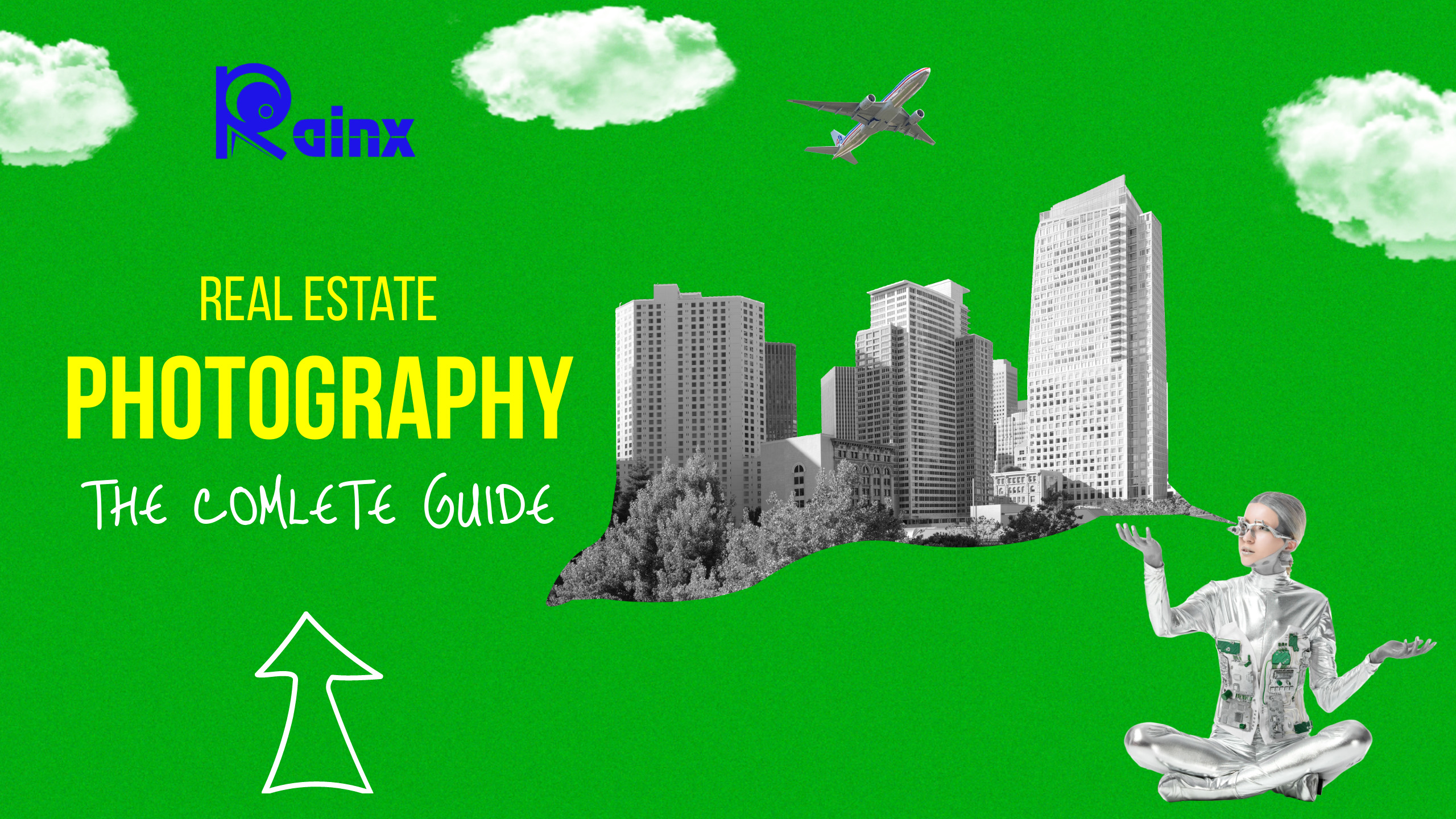Street Photography Tips
1. Introduction
What is Street Photography?
Street photography is a genre of photography that captures candid moments of everyday life in public places. It often focuses on people, but can also include elements of the urban environment. The goal is to tell a story or convey emotions through unposed, spontaneous shots.
Importance of Street Photography
Street photography offers a unique perspective on society, culture, and human behavior. It can document moments in time, provide social commentary, and evoke powerful emotions. Through street photography, photographers have the opportunity to share their interpretation of the world around them.
2. Essential Gear for Street Photography
Camera Selection
Choosing the right camera for street photography depends on your preferences and budget. Compact cameras, mirrorless cameras, and DSLRs all have their advantages. Compact cameras are portable, mirrorless cameras are versatile, and DSLRs offer advanced controls.
Lenses for Street Photography
Prime lenses (fixed focal length) are popular for street photography due to their sharpness and wide apertures. They allow for creative depth of field effects and work well in low light. Zoom lenses can also be used for flexibility.
Tripods and Stabilization
While tripods aren’t typically used in street photography, image stabilization (either in the lens or camera body) can be beneficial for capturing sharp images, especially in low light conditions.
Memory Cards and Batteries
Having extra memory cards and fully charged batteries is crucial for extended shooting sessions. You don’t want to miss a great shot because you ran out of storage or power.
Bags and Carrying Equipment
A comfortable and functional camera bag or strap is important for carrying your equipment while keeping it accessible. Consider factors like comfort, durability, and accessibility.
3. Technical Aspects of Street Photography
Camera Settings
Understanding and adjusting settings like aperture, shutter speed, and ISO is fundamental. These controls affect exposure, depth of field, and motion blur, allowing you to capture the scene as you envision it.
Aperture, Shutter Speed, ISO
Aperture controls the depth of field (how much of the image is in focus), shutter speed determines motion blur, and ISO sets the sensitivity to light. Balancing these settings is crucial for achieving the desired result.
Focusing Techniques
Practicing various focusing techniques, such as zone focusing and using autofocus modes, helps ensure your subjects are sharp and in focus.
White Balance
White balance settings ensure accurate color reproduction in different lighting conditions. Auto white balance is convenient, but manual adjustments can be necessary for challenging lighting situations.
Shooting Modes (Manual, Aperture Priority, etc.)
Different shooting modes offer varying levels of control. Manual mode gives full control over settings, while aperture priority and shutter priority allow you to prioritize one setting and let the camera adjust the others.
4. Composition and Framing
Rule of Thirds
The rule of thirds involves dividing the frame into a grid of nine equal parts and placing key elements along the lines or at their intersections. This creates balance and visual interest.
Leading Lines
Leading lines are elements in a photo that lead the viewer’s eye towards a specific point of interest. They can be literal lines like roads or architectural features, or implied lines created by the arrangement of objects.
Framing and Layers
Using elements in the environment to frame your subject can add depth and context to your image. Additionally, incorporating layers by having foreground, midground, and background elements can create a more dynamic composition.
Perspective and Depth
Experiment with different angles and viewpoints to add depth and dimension to your images. This can be achieved by shooting from high or low angles, or by using techniques like tilt-shift.
Patterns and Textures
Patterns and textures in the environment can add visual interest to your photos. Look for repeating shapes, textures, or surfaces that can create a captivating visual effect.
5. Lighting in Street Photography
Natural Light vs. Artificial Light
Understanding how natural and artificial light sources affect your photos allows you to make informed decisions about when and where to shoot. Natural light can create soft, diffused effects, while artificial light can add dramatic contrast.
Golden Hour and Blue Hour
The golden hour refers to the period just after sunrise or before sunset when the light is soft and warm. The blue hour occurs just before sunrise and after sunset, characterized by a deep blue sky. Both offer excellent lighting conditions for capturing atmospheric shots.
Shadows and Highlights
Managing the interplay between shadows and highlights is crucial for achieving balanced exposure. Techniques like fill flash or using reflectors can help mitigate harsh shadows.
Silhouettes and Backlighting
Silhouettes can create powerful and dramatic images. Experiment with positioning your subject in front of a bright light source to achieve this effect.
Using Flash in Street Photography
Using flash can be a creative tool for controlling light in challenging situations. It can freeze motion, add fill light, or create unique visual effects.
6. Approaches and Styles in Street Photography
Candid Street Photography
Candid photography involves capturing natural, unposed moments. It requires observation, quick reflexes, and the ability to blend into the environment.
Street Portraiture
Street portraiture focuses on capturing portraits of strangers in public spaces. It requires effective communication and the ability to establish a quick rapport with subjects.
Documentary Street Photography
Documentary street photography aims to tell a story or convey a message about a particular place or culture. It often involves in-depth research and a thoughtful approach to storytelling.
Abstract and Conceptual Street Photography
This style involves capturing elements of the urban environment in a way that transforms them into abstract or conceptual art. It requires a keen eye for detail and creative interpretation.
Urban Landscape
Urban landscape photography focuses on the physical aspects of the cityscape, including architecture, infrastructure, and the overall urban environment. It often incorporates elements of both architecture and street photography.
7. Ethics, Consent, and Privacy
Respecting Subjects’ Privacy
It’s important to be aware of and respect the privacy of individuals in public spaces. Avoid intruding on intimate moments or photographing people in vulnerable situations without their consent.
Asking for Permission vs. Candid Shots
Consider when it’s appropriate to ask for permission before taking a photo, especially in situations where subjects may feel uncomfortable or vulnerable. Balance candid shots with obtaining consent when necessary.
Street Photography and the Law
Familiarize yourself with the legal aspects of street photography in your location. Laws regarding privacy and public photography can vary, so knowing your rights and responsibilities is crucial.
Ethical Editing and Post-Processing
Maintain the integrity of your images by avoiding excessive or deceptive editing. Ensure that your post-processing enhances the photo without altering the reality of the scene.
8. Finding Inspiration and Ideas
Staying Creative
Keep your creativity flowing by exploring new places, trying different styles, and experimenting with techniques. Continuously challenge yourself to see familiar environments in new ways.
Researching Other Photographers
Studying the work of other street photographers can provide valuable insights and inspiration. Analyze their compositions, lighting choices, and storytelling techniques.
Personal Projects in Street Photography
Embark on personal projects to explore specific themes, locations, or concepts. This focused approach can lead to a deeper understanding of your chosen subject matter.
Finding Unique Perspectives
Look for ways to capture scenes or subjects in a way that hasn’t been done before. This could involve experimenting with angles, focal lengths, or post-processing techniques.
9. Building Your Confidence
Approaching Strangers
Develop techniques for approaching strangers in a respectful and non-invasive manner. Practice good communication skills and be prepared to explain your intentions.
Dealing with Rejections
Not every interaction will result in a successful photo. Learn to handle rejection gracefully and move on to the next opportunity.
Blending into the Environment
Develop the ability to blend into your surroundings, allowing you to observe and capture moments without drawing undue attention to yourself.
Handling Uncomfortable Situations
Be prepared for situations where subjects may feel uncomfortable or confrontational. Prioritize their feelings and consider whether it’s best to move on or defuse the situation with empathy.
10. Post-Processing and Editing
Software Choices (Adobe Lightroom, Photoshop, etc.)
Select a post-processing software that aligns with your editing preferences and workflow. Adobe Lightroom and Photoshop are popular choices for their extensive features and user-friendly interfaces.
Basic Editing Techniques
Learn fundamental editing techniques like adjusting exposure, contrast, and color balance. These adjustments can enhance the overall look and feel of your images.
Presets and Filters
Experiment with presets and filters to apply predefined styles or effects to your photos. This can save time and offer creative options for your images.
Retouching and Cropping
Refine your images by retouching imperfections and making necessary adjustments. Cropping can also be used to improve composition or remove distractions.
Maintaining Authenticity
While editing can enhance your images, it’s important to maintain the authenticity of the scene. Avoid over-editing to the point where the photo no longer accurately represents the moment.
11. Showcasing Your Work
Social Media Platforms
Share your work on popular social media platforms like Instagram, Flickr, or 500px. Use relevant hashtags and engage with the photography community to gain exposure.
Photography Blogs and Websites
Consider creating a personal photography blog or website to showcase your portfolio and share insights about your work. This provides a platform for a more in-depth presentation of your photography.
Exhibitions and Galleries
Participate in local exhibitions or galleries to showcase your work to a wider audience. This can be a valuable experience for networking and gaining recognition.
Building an Online Portfolio
Create a professional online portfolio to display your best work. Keep it organized and easy to navigate, allowing visitors to get a clear sense of your style and skills.
12. Feedback and Improvement
Seeking Constructive Criticism
Welcome feedback from fellow photographers or mentors. Constructive criticism can provide valuable insights and help you identify areas for improvement.
Learning from Mistakes
Don’t be discouraged by mistakes or unsuccessful shots. Use them as learning opportunities to refine your skills and approach.
Joining Photography Communities
Engage with photography communities, whether online or in person. Sharing experiences and learning from others can be incredibly beneficial for your growth as a photographer.
Continuous Learning and Practice
Stay curious and open to new techniques, styles, and technologies. Regular practice and continuous learning are essential for evolving as a street photographer.
13. Street Photography Projects
Long-term vs. Short-term Projects
Consider whether you want to embark on a long-term project that spans months or even years, or a short-term project focused on a specific theme or event.
Finding Themes and Concepts
Identify subjects or themes that resonate with you. This could be related to a particular location, social issue, or aspect of urban life.
Documenting a Story or Event
Capture the narrative of a specific event or community. This approach allows you to delve deep into a subject and create a comprehensive visual story.
Showcasing Your Project
Once your project is complete, consider ways to present it to your audience. This could involve creating a photo book, hosting an exhibition, or sharing it online.
14. Interviews with Established Street Photographers
Gain insights and inspiration from experienced street photographers. Learn about their experiences, techniques, and advice for aspiring photographers.
15. Conclusion
The Evolving Landscape of Street Photography
Reflect on how street photography has evolved over time, both in terms of technology and style. Consider how contemporary trends influence the genre.
Encouragement for Aspiring Street Photographers
End on an encouraging note, emphasizing the importance of passion, persistence, and individuality in the pursuit of street photography. Remind aspiring photographers to stay true to their vision and continue honing their skills.
- Best web design companies in Trivandrum
 Rainx LLP, Oregon Technologies, Redwet Solutions, and Globify Digital Solutions are among the best web designing company in Trivandrum, specializing in website development.
Rainx LLP, Oregon Technologies, Redwet Solutions, and Globify Digital Solutions are among the best web designing company in Trivandrum, specializing in website development. - Create a Digital Business Card
 Craft a digital business card that showcases your unique brand and personality. It’s simple to share and easy to update whenever needed. Plus, you’ll benefit from a free domain, hosting, and effortless social media integration. Ideal for professionals in any field!
Craft a digital business card that showcases your unique brand and personality. It’s simple to share and easy to update whenever needed. Plus, you’ll benefit from a free domain, hosting, and effortless social media integration. Ideal for professionals in any field! - DeepSeek AI
 Explore the significant differences between DeepSeek AI and ChatGPT. Experience a more efficient and cost-effective AI solution tailored to your needs.
Explore the significant differences between DeepSeek AI and ChatGPT. Experience a more efficient and cost-effective AI solution tailored to your needs. - AI tools for resume building
 Explore the best AI tools for resume writing freely to create your professional resume to stand out in an interview.
Explore the best AI tools for resume writing freely to create your professional resume to stand out in an interview. - Answer Engine Optimization
 Discover the key differences between AEO and SEO. Learn how Answer Engine Optimization can boost your online presence when combined with SEO strategies.
Discover the key differences between AEO and SEO. Learn how Answer Engine Optimization can boost your online presence when combined with SEO strategies.






